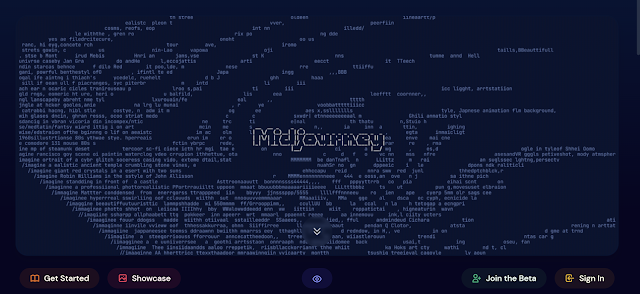Midjourney's art creation process starts with a dataset of images, which can be either curated by the user or chosen randomly from the internet. The images are then fed into the platform's machine learning algorithms, which analyze the colors, shapes, and textures of the images to identify patterns and generate new images based on those patterns.
As the algorithms generate new images, Midjourney's users can provide feedback on the artwork, rating it based on its creativity, visual appeal, and other factors. The platform uses this feedback to fine-tune its algorithms and improve the quality of the artwork it produces.
One of the key features of Midjourney is its ability to generate art in different styles and mediums. Users can choose from a variety of artistic styles, such as abstract, cubism, or surrealism, and the platform will generate art that matches that style. Additionally, the platform can create art in different mediums, such as painting, drawing, or sculpture.
Midjourney has progressed through several versions since its initial launch. In its early versions, the platform was mainly focused on generating abstract art, and its algorithms were relatively simple. However, as the platform evolved, it became more sophisticated and capable of creating art in a wider range of styles and mediums.
In later versions, Midjourney added new features such as the ability to customize the artwork by adjusting various parameters such as color, texture, and shape. The platform also added a social component, allowing users to share their artwork with others and collaborate on projects.
Overall, Midjourney represents an exciting new frontier in the intersection of AI and art. Its ability to create unique and visually striking artwork using machine learning algorithms holds tremendous potential for artists, designers, and creatives in all fields.

Comments
Post a Comment